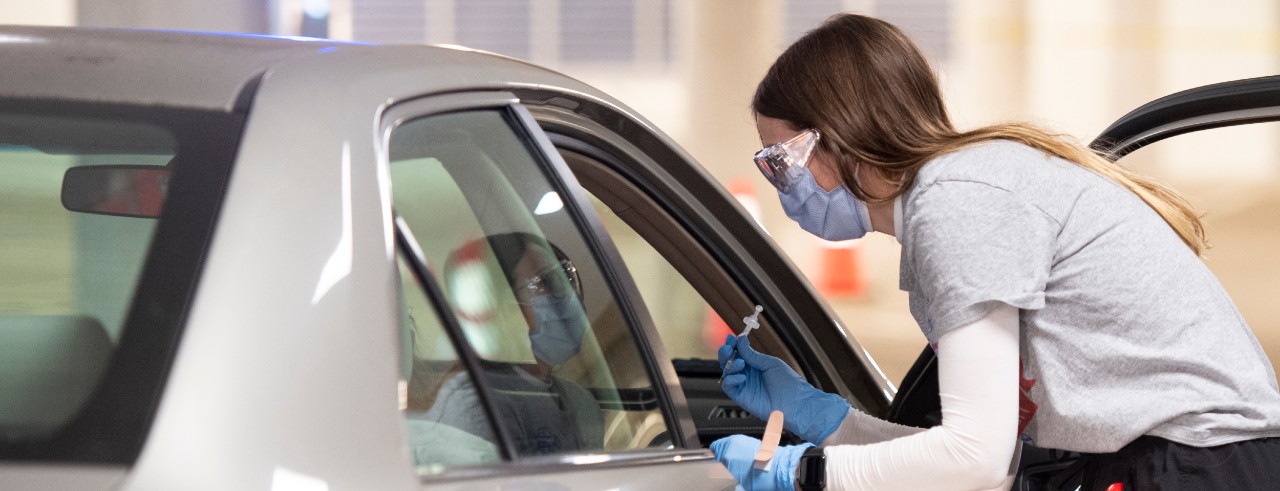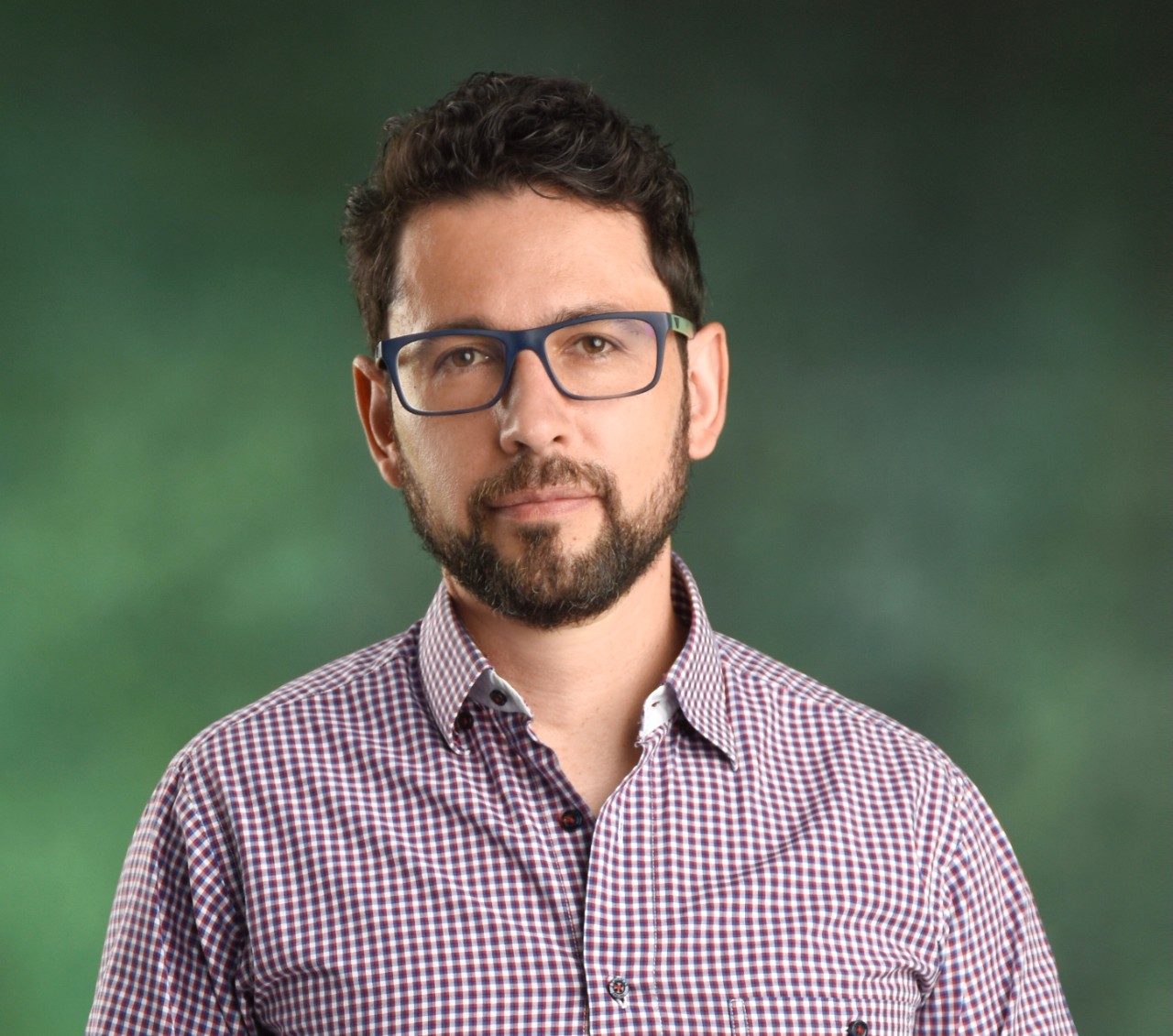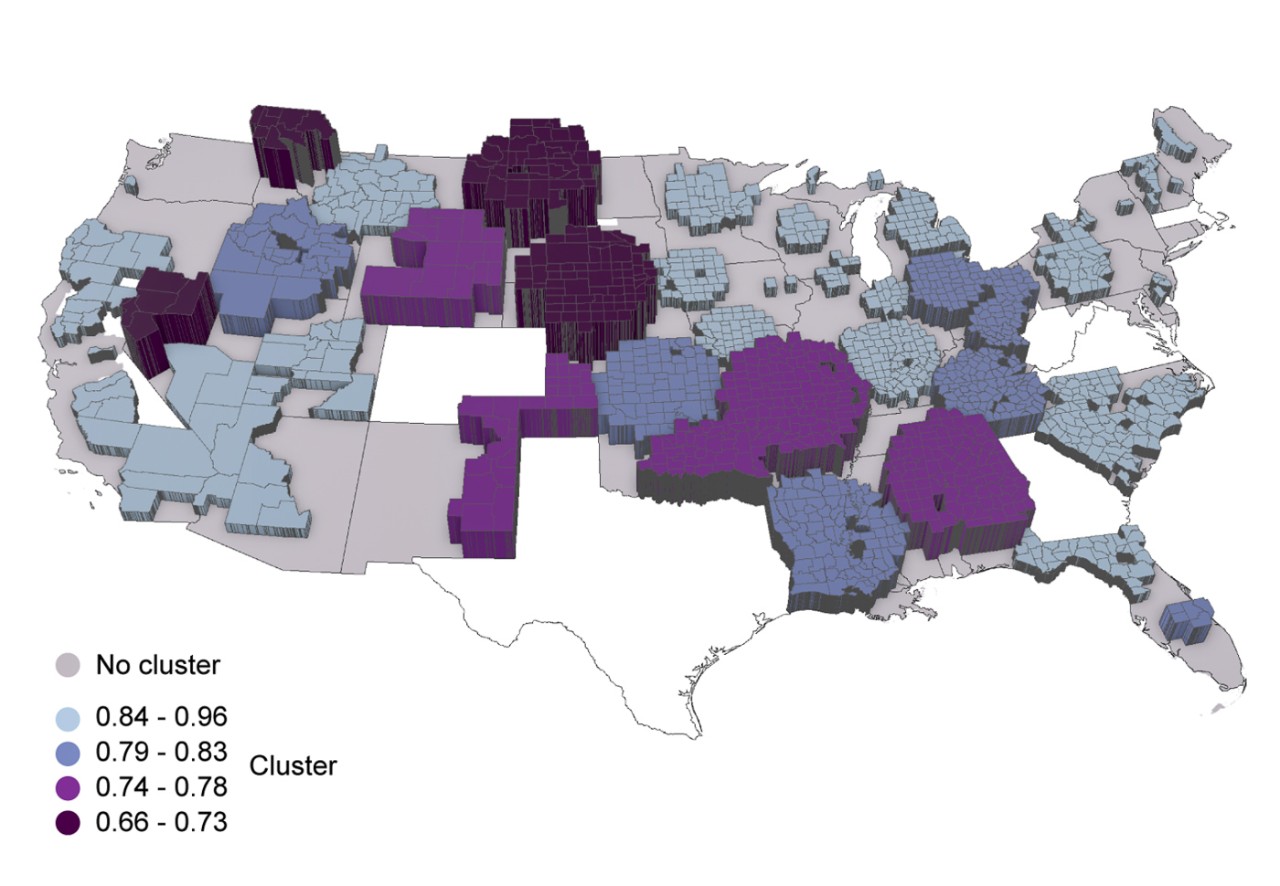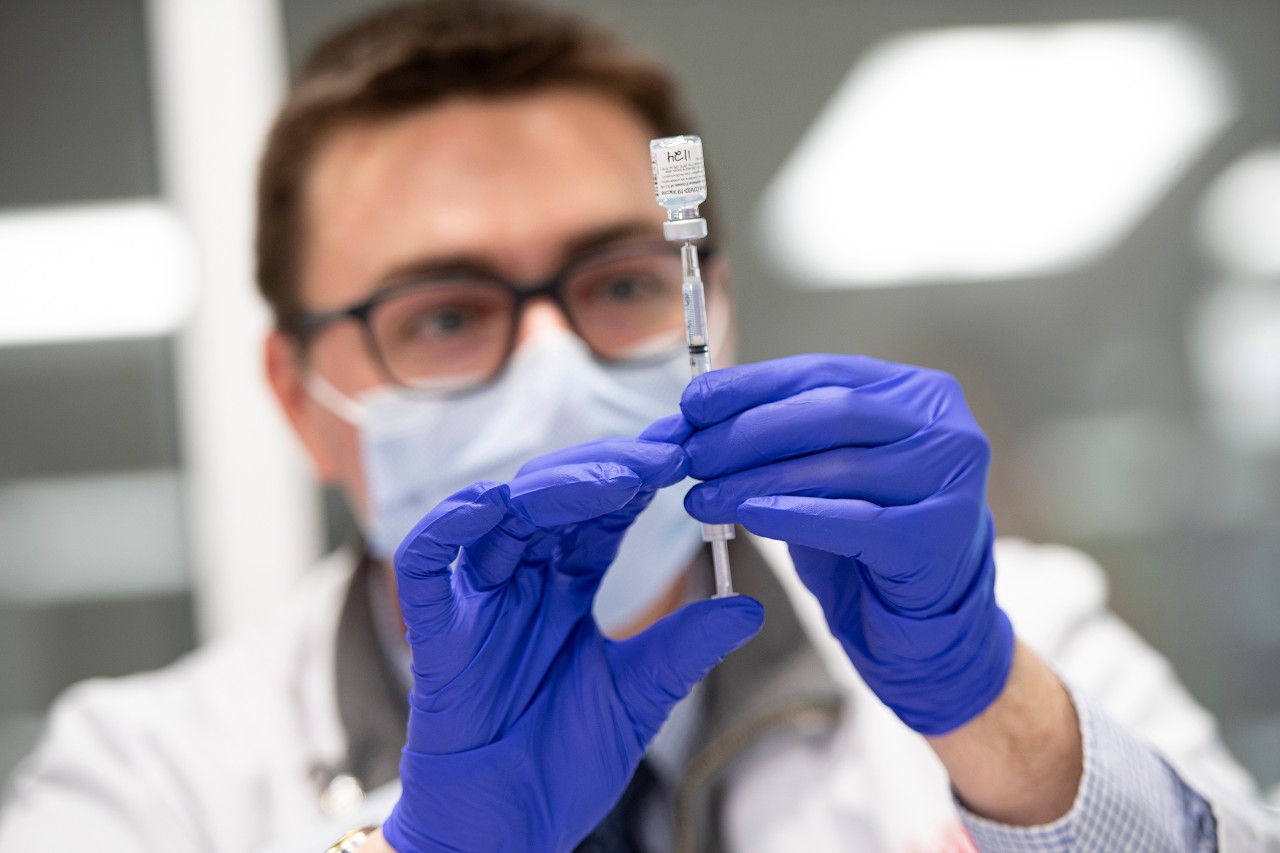
COVID vaccinations lag in rural, underserved communities
UC study points to severe health care disparities in United States
Vaccine hesitancy is just one reason fewer people in some parts of the United States have been inoculated against coronavirus.
A study in the journal Lancet Regional Health found that wide disparities in health care coverage, particularly in rural areas, hampered vaccination efforts during the COVID-19 pandemic. The findings point to a hidden divide in America between those with geographic and financial access to doctors, hospitals and clinics and those without.

Diego Cuadros. Photo/Provided
University of Cincinnati epidemiologist Diego Cuadros led an international team of researchers investigating disparities in vaccination rates across 2,417 U.S. counties. They found that the availability of health care resources influences vaccine coverage.
The pandemic has killed more than 6.3 million people worldwide, including more than 1 million people in the United States alone. When it comes to the country’s comparatively high rate of mortality, researchers point to failures of vaccination compared to other countries.
Cuadros, an associate professor of geography in UC’s College of Arts and Sciences, said the rate of vaccination varies widely across the United States. While some people may be reluctant to get vaccinated because of unfounded fears or misinformation, that tells only part of the story, he said.
“Areas with low vaccination uptake had low health care infrastructure and barriers to access to health care,” Cuadros said. “During the pandemic we realized the huge health care disparity we have in this country.”

A map of vaccine coverage in the United States shows rates of vaccination. The darkest colors of purple reflect the lowest rates of vaccination. Graphic/UC Digital Epidemiology Lab
Barriers to health care access include cost, insurance coverage and transportation.
In national surveys, about 20% of the U.S. population has reported an unwillingness to be vaccinated. This does not account for the larger unvaccinated population. While more than half of the population in every U.S. state is now fully vaccinated, some states are much further ahead than others.
Cuadros said areas with low vaccination saw the highest rates of mortality from the virus during the delta and omicron waves, demonstrating the terrible impact that health disparities can have on underserved communities.
Our study suggests clear disparities that need to be addressed.
Santiago Escobar, UC geography student
Ironically, the United States is considered the most capable country in the world to prevent a pandemic based on the Global Health Security Index. It also ranks high in detection, response and public health. But the United States has wide county-by-county disparities in public access to hospitals and doctors, health insurance coverage and healthcare funding.
UC’s analysis found that people in underserved communities were as much as 34% less likely to be vaccinated against COVID-19. These included counties in Nevada, Montana, North Dakota, South Dakota and Nebraska where vaccination rates were lowest.
“America’s healthcare system has improvements to be made to address historical disparities that, as shown in our study, can influence individual-level decision-making,” study co-author and UC geography student Santiago Escobar said. “Our study suggests clear disparities that need to be addressed.”

UC College of Pharmacy student Kyle Schuchter draws a COVID-19 vaccine during a drive-through clinic at UC Health in this 2021 file photo. Photo/Colleen Kelley/UC Marketing
Co-author Phillip Coule, M.D., chief medical officer for Augusta University Health in Georgia, said the study underscores the impact of vaccination in fighting diseases like COVID-19.
“Those responsible for guiding health policy need to consider issues such as vaccination rates, access to care and health disparities when evaluating outcomes from COVID-19 and other conditions,” he said.
Co-author Neil MacKinnon, provost for Augusta University, said the pandemic caused enormous disruptions to health care services even in places with ready access. People saw their doctors much less frequently, leading to more undiagnosed cases of cancer and other diseases.
“Our study demonstrates that these disruptions were not uniform across the United States,” said MacKinnon, former dean of UC's College of Pharmacy. “Many counties, especially those in rural areas, experienced significant disruptions in health care, including the distribution of the COVID-19 vaccine itself.”
Rural communities face challenges that exacerbate the lower rates of COVID-19 vaccination such as restricted access to testing, vaccine supplies and fewer health care workers, researchers said.
The study was supported by UC’s new Digital Futures initiative in a collaboration with researchers from the University of Santander, Colombia; the University of Washington School of Medicine; the University of Hawaii; the International Initiative for Impact Evaluation, Zimbabwe; Hokkaido University in Japan and Augusta University.
Featured image at top: UC College of Pharmacy student Kaitlin Kuznacic administers a COVID-19 vaccine during a drive-through clinic at UC Health in this 2021 file photo. Photo/Colleen Kelley/UC Marketing
Related Stories
UC‘s College of Arts and Sciences taps innovative new leadership
December 20, 2023
The College of Arts and Sciences announced Ryan J. White and Rina Williams as the newest divisional deans of Natural Sciences and Social Sciences. White and Kennedy’s inclusion will bring new focuses and structure around student success and the college of Arts and Sciences’ advancement. Both will officially begin their new terms on Jan. 1, 2024.
What is UC’s 4 + 1 program?
December 4, 2023
You may be a UC student thinking about taking your education to the next level — UC’s College of Arts and Sciences has a pathway to help you do just that. A&S has no fewer than 15 five-year programs — from biological sciences to Spanish to psychology — where you can earn both your bachelor’s and master’s degrees in just five years, versus the traditional six-year track. The Bachelors and Master’s 4 + 1 Program is designed to increase your marketability and deepen your understanding of the subject matter. And in an increasingly competitive job market, you may want to investigate an additional year of study.
Clifton Court Hall grand opening garners detailed media coverage
September 20, 2023
The University of Cincinnati celebrated the opening of Clifton Court Hall on Tuesday, Sept. 19, with a ribbon cutting, attended by approximately 200 administrators, faculty, staff and students. The event was covered by multiple media outlets.
